Idea by
Martin Grabner
Call for ideas 2016
Image or Space?
Image or Space?
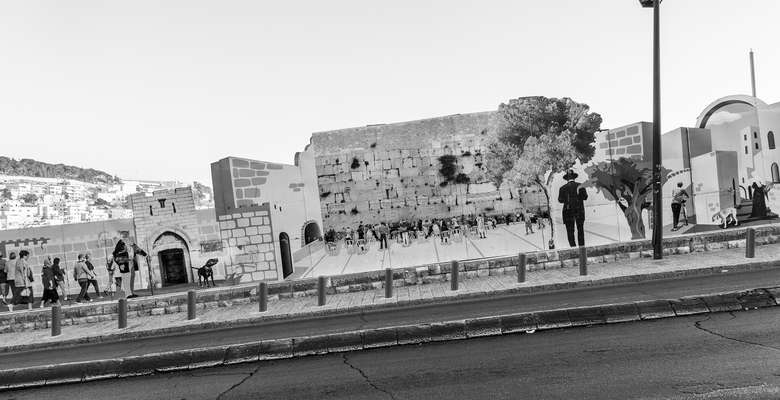
Working in the very overlapping of architecture and photography, of science, critique and design, the meaning behind the surface of places and cities shall be explored by artistic research, approaching the idea of what a city is from different viewpoints simultaneously.
The city is a pictorial space and architecture creates images - no matter if modernity claimed the total restriction to space. Apart from its primary function the built environment contains a variety of messages (Eco), but it seems as this dialectic relationship has lost the balance in our world of technical possibilities (Benjamin) and the increasing commercialization of urban space. 1978 the symbols started to dominate space (Venturi/Scott Brown). In todays neoliberal city the urban flood of images establishes a layer between architecture and the people creating its own non-spatial context (Augé). That White Noise of information may result in void again. What to fill that void of overcrowded cities with?
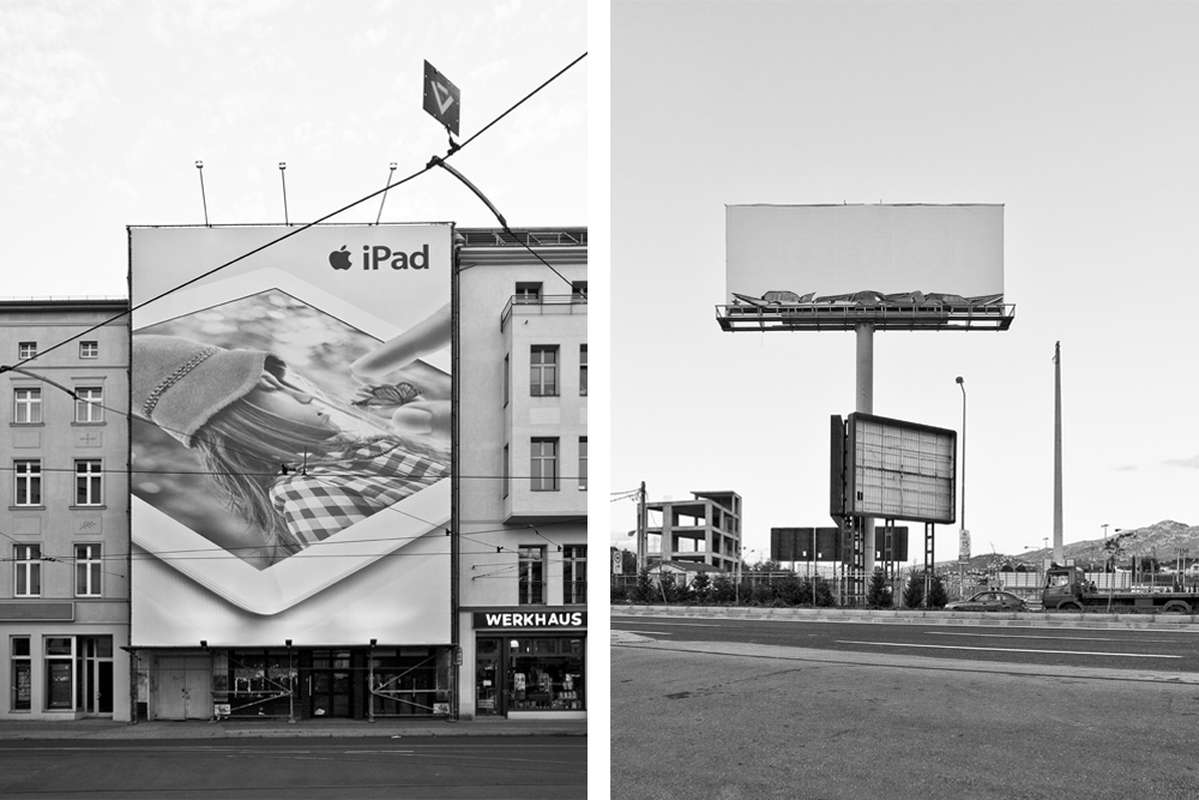
From the Postmodern City of Signs to the White Noise of the Urban Flood of Images (text/photography, 2015)
The impact of urban „signation“ continuously multiplied since postmodernism and finally it marginalizes architecture: Megaposters cover façades and let buildings disappear, billboards climb the roofs to demonstrate their dominance over space. Bright screens act as the gone-wild grandchilds of classic neon letters. The cacophony of messages drowning out one another results in White Noise.
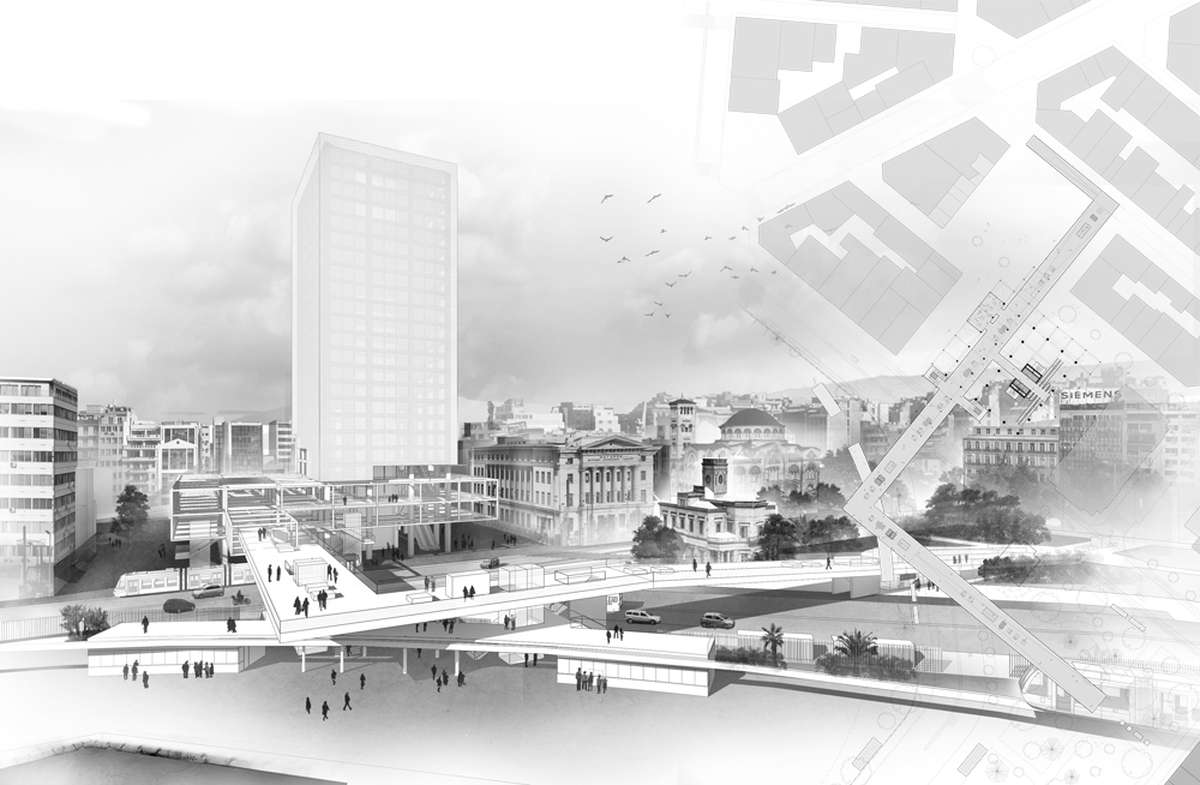
Pirgos Peiraia: The Repair of the City and the Re-establishment of Urbanity with the Spatial and Iconic Activation of a Vertical Wasteland (text/design, 2011/12)
The 22-storeys-high, never used Piraeus Tower in the port of Piraeus is taken as starting point for a comprehensive analysis of the relationship between high-rises and the city, its integration in the neighborhood and its unused potentials for the city. The high-rise is perceived as a spatial and visual tool of urban development.
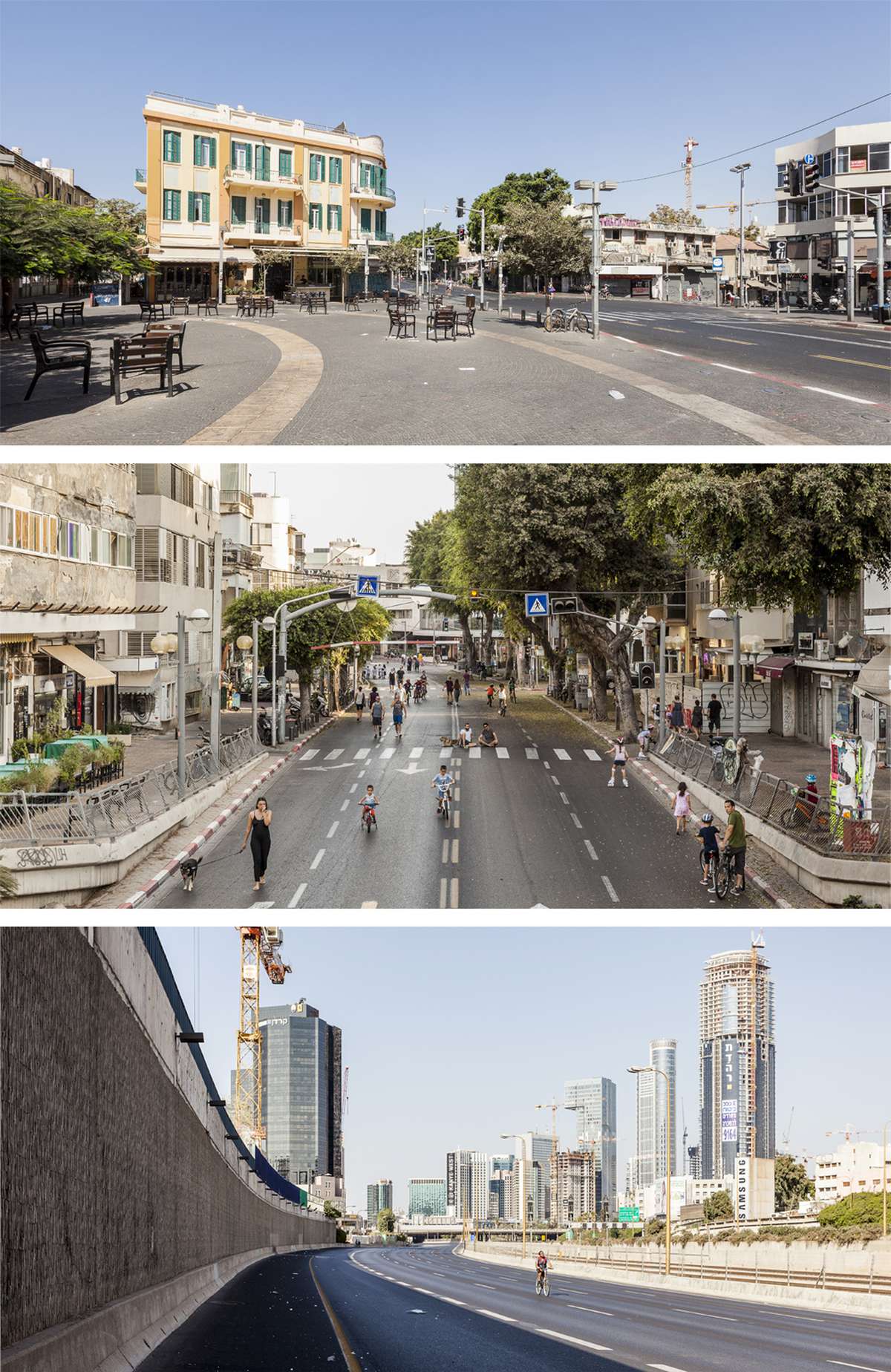
Transformed Urban: Tel Aviv (film/photography, 2014-16)
Once a year, the public space in Tel Aviv transforms into the exact opposite of its usual self: Yom Kippur. There are no cars on the roads, no shops are open: people temporarily take back the city. In a combined film and photographic work, Tel Aviv’s transformation to this unreal, 24-hours-lasting scene is visually explored and set in relation to Henri Lefebvre’s work „The Production of Space“. (With Evil Frog)
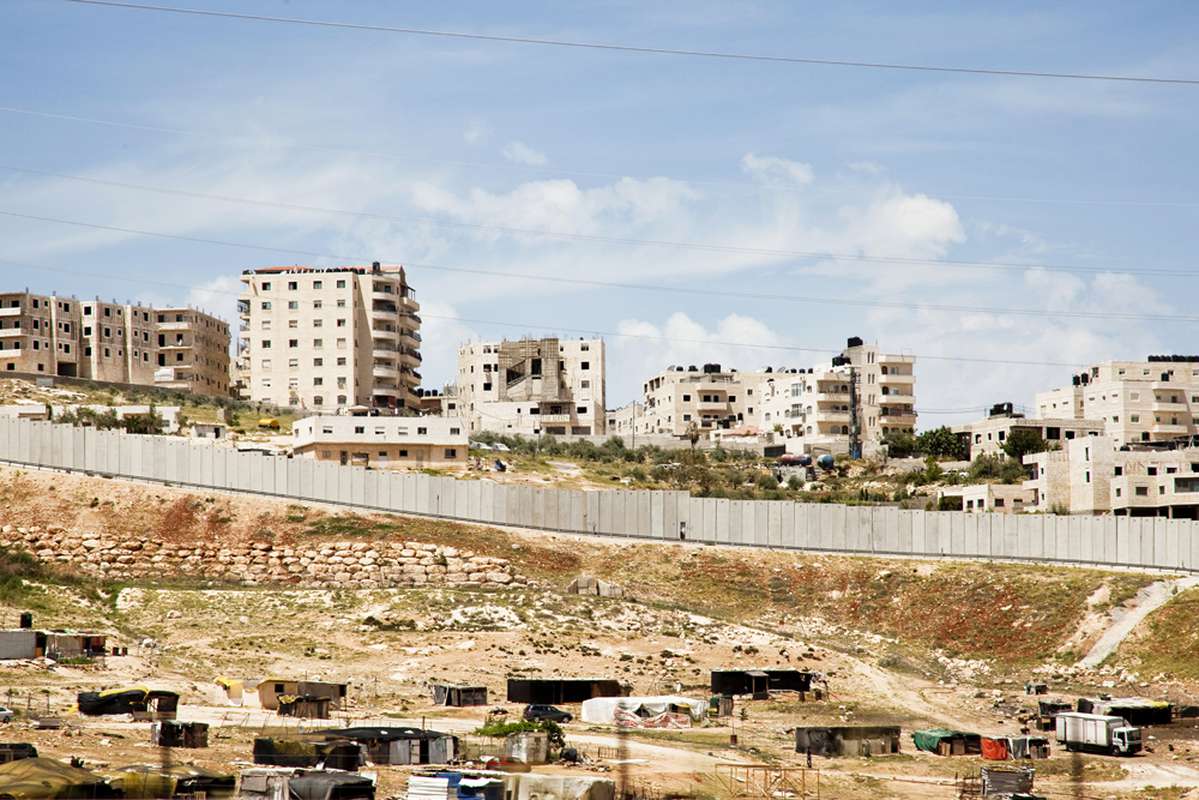
Living With the Wall (photography, 2013-15)
Years after the fall of the Berlin Wall the Israeli government built a wall around the occupied Palestinian Westbank: the Separation Wall. It is a built spatial weapon in a conflict for land, resources and power and at the same time its symbolic manifestation. But artists appropriate it as screen for their statements and in the very end the visual representations of the wall may have the power to destroy the origin of this representation.
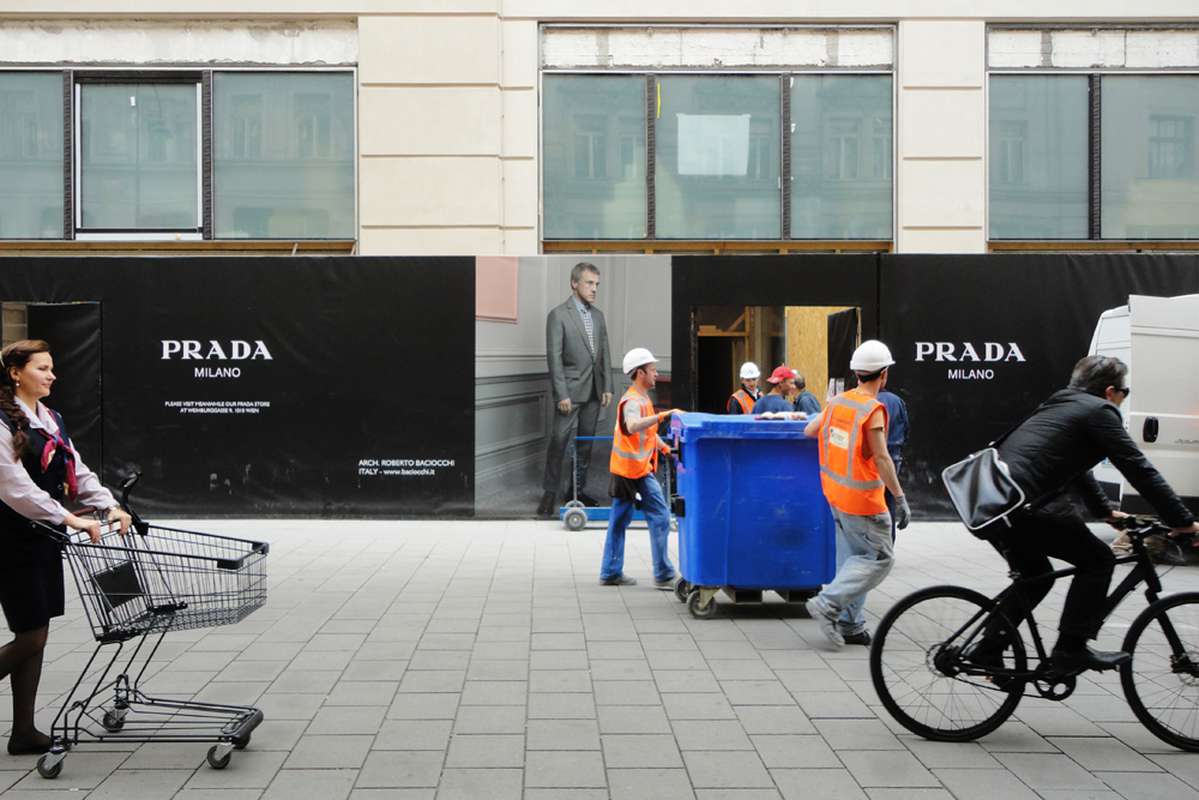
Revitalization, Commercialization, Privatization. When Historic City Centers turn into Luxury Shopping Malls (text/photography, 2014)
In the 1950s the imitation of the city center was brought to the suburbs: the shopping mall. As an unforeseen consequence the old down towns were bled dry. With their recovery some of them were turned into shopping centers themselves, with own rules: diversity turned into uniformity, freely accessible to commercialized space, and finally public to private.
Image or Space?
Image or Space?

Working in the very overlapping of architecture and photography, of science, critique and design, the meaning behind the surface of places and cities shall be explored by artistic research, approaching the idea of what a city is from different viewpoints simultaneously.
The city is a pictorial space and architecture creates images - no matter if modernity claimed the total restriction to space. Apart from its primary function the built environment contains a variety of messages (Eco), but it seems as this dialectic relationship has lost the balance in our world of technical possibilities (Benjamin) and the increasing commercialization of urban space. 1978 the symbols started to dominate space (Venturi/Scott Brown). In todays neoliberal city the urban flood of images establishes a layer between architecture and the people creating its own non-spatial context (Augé). That White Noise of information may result in void again. What to fill that void of overcrowded cities with?
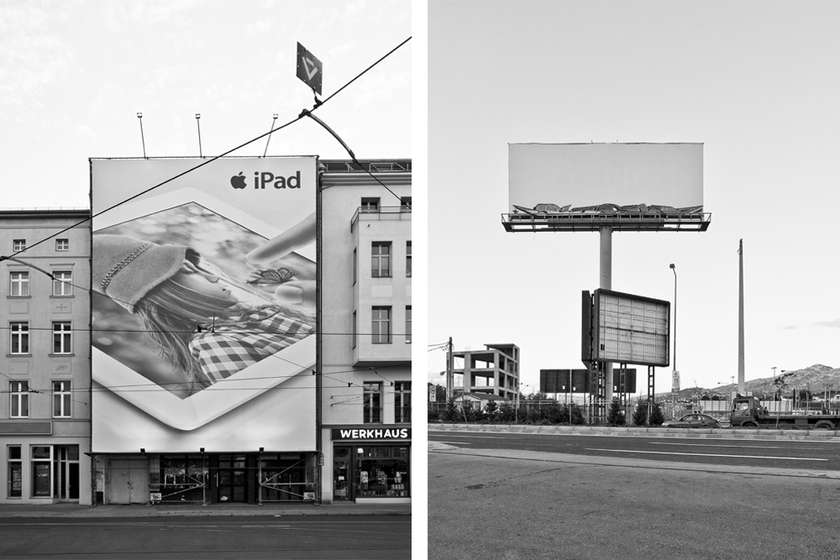
From the Postmodern City of Signs to the White Noise of the Urban Flood of Images (text/photography, 2015)
The impact of urban „signation“ continuously multiplied since postmodernism and finally it marginalizes architecture: Megaposters cover façades and let buildings disappear, billboards climb the roofs to demonstrate their dominance over space. Bright screens act as the gone-wild grandchilds of classic neon letters. The cacophony of messages drowning out one another results in White Noise.
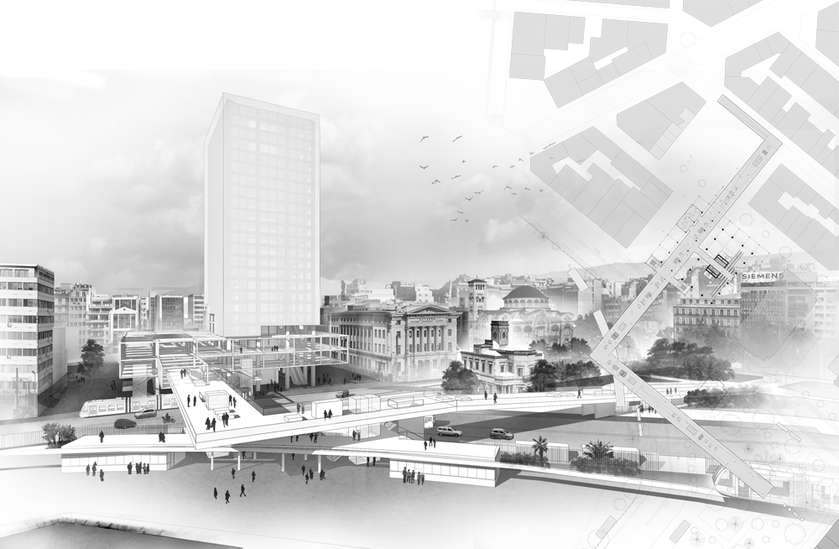
Pirgos Peiraia: The Repair of the City and the Re-establishment of Urbanity with the Spatial and Iconic Activation of a Vertical Wasteland (text/design, 2011/12)
The 22-storeys-high, never used Piraeus Tower in the port of Piraeus is taken as starting point for a comprehensive analysis of the relationship between high-rises and the city, its integration in the neighborhood and its unused potentials for the city. The high-rise is perceived as a spatial and visual tool of urban development.

Transformed Urban: Tel Aviv (film/photography, 2014-16)
Once a year, the public space in Tel Aviv transforms into the exact opposite of its usual self: Yom Kippur. There are no cars on the roads, no shops are open: people temporarily take back the city. In a combined film and photographic work, Tel Aviv’s transformation to this unreal, 24-hours-lasting scene is visually explored and set in relation to Henri Lefebvre’s work „The Production of Space“. (With Evil Frog)
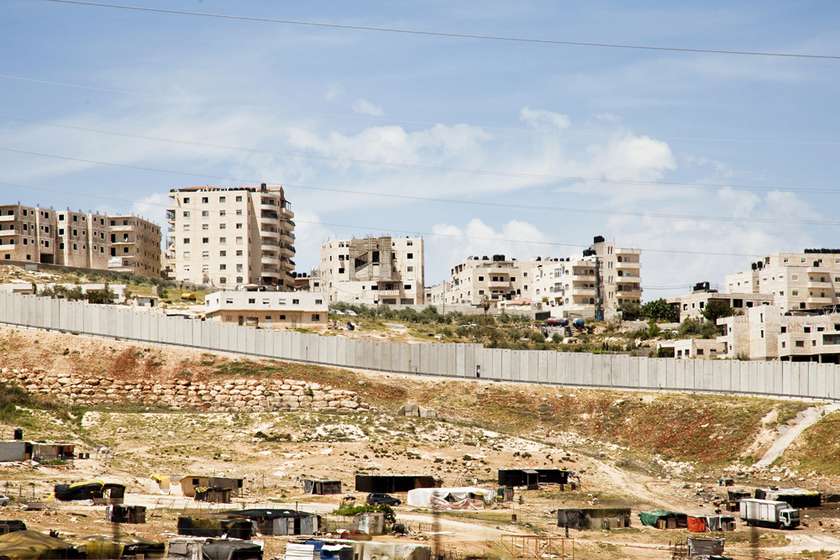
Living With the Wall (photography, 2013-15)
Years after the fall of the Berlin Wall the Israeli government built a wall around the occupied Palestinian Westbank: the Separation Wall. It is a built spatial weapon in a conflict for land, resources and power and at the same time its symbolic manifestation. But artists appropriate it as screen for their statements and in the very end the visual representations of the wall may have the power to destroy the origin of this representation.
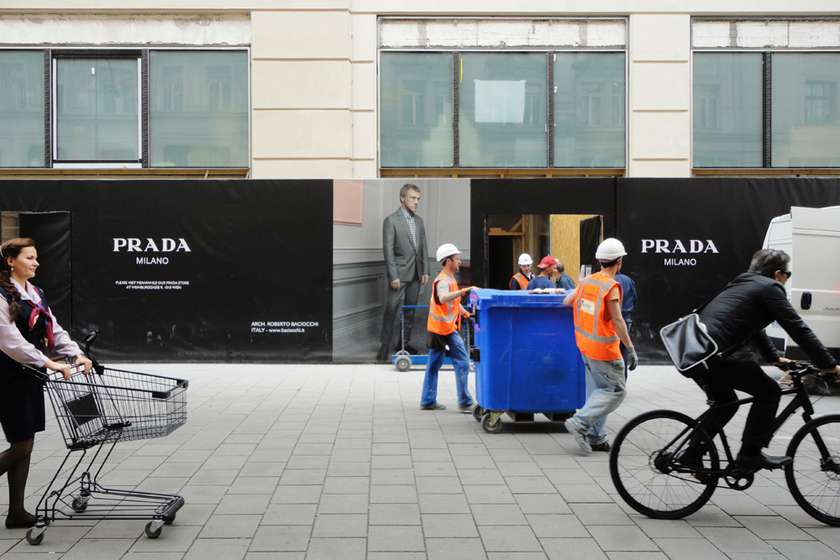
Revitalization, Commercialization, Privatization. When Historic City Centers turn into Luxury Shopping Malls (text/photography, 2014)
In the 1950s the imitation of the city center was brought to the suburbs: the shopping mall. As an unforeseen consequence the old down towns were bled dry. With their recovery some of them were turned into shopping centers themselves, with own rules: diversity turned into uniformity, freely accessible to commercialized space, and finally public to private.